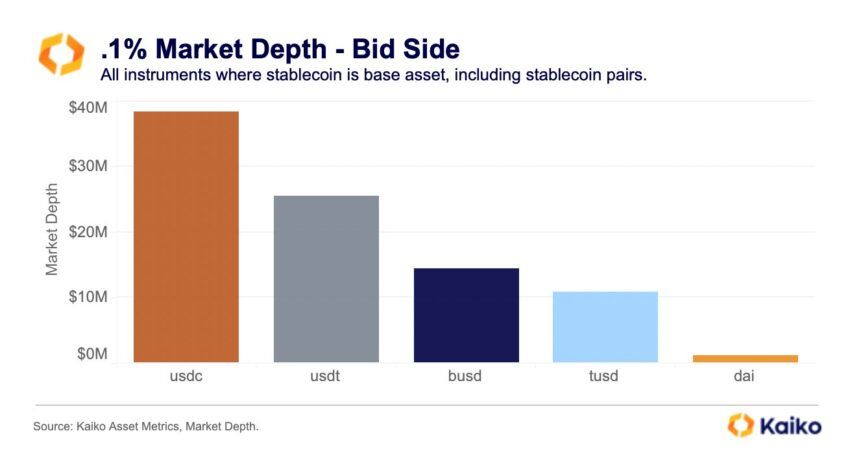
[ad_1]
The diverging visions of two key financial leaders, Federal Reserve Chair Jerome Powell and United States Securities and Exchange Commission (SEC) Chair Gary Gensler, have come to the forefront of the ongoing debate over the status of cryptocurrencies, particularly stablecoins.
Powell has seemingly contradicted Gensler’s stance on crypto, expressing a bullish sentiment. His comments highlight the ongoing debate among financial regulators on how best to handle this new asset class.
During the US House Financial Services Committee’s semi-annual monetary policy meeting, Powell openly acknowledged stablecoins as a form of money. The central bank leader highlighted their increasing prevalence in modern economies.
Powell firmly asserted that the central bank, given its role as the “ultimate source of credibility in money,” should exercise a “robust federal role” in overseeing stablecoins and their potential impacts on the monetary system.
This clear endorsement contrasts sharply with Gensler’s cautious approach. Last year, the SEC Chair declared that all cryptocurrencies besides Bitcoin could be classified as securities. Subsequently, requiring registration and stringent regulatory oversight.
Gensler has frequently called for extensive regulation to prevent potential fraud or manipulation and maintain financial stability.
Such disparate views reveal a rift within the regulatory environment concerning the future of cryptocurrencies in the US. Still, the Fed Chair’s positive stance on stablecoins – digital assets pegged to a reference asset like the US dollar or another cryptocurrency – could herald a new era for the industry.
United States Congress Makes Strides to Regulate Stablecoins
Powell’s comments also shed light on the proposed stablecoin bill initiated by Republicans, the first of its kind in US legislation. If passed, it would likely lead to a significant shift in how cryptocurrencies are regulated at federal and state levels.
Despite some setbacks, including the collapse of TerraUSD (UST), an algorithmic stablecoin, Powell maintained a positive outlook on stablecoins’ potential. His view starkly contrasts with Gensler’s outlook, who previously likened stablecoins to “poker chips” used for gambling on crypto investments, indicating a systemic risk to the economy.
Powell’s statement appears to reject the notion that stablecoins are mere speculative tools. Instead, his views suggest that these digital assets hold the potential to become a meaningful part of the financial system. Moreover, he mentioned that cryptocurrencies, like Bitcoin, have “staying power.”

While Powell and Gensler seem to be at odds on this issue, the broader picture reveals a complex landscape where regulatory bodies strive to understand, adapt and harness the transformative potential of cryptocurrencies. For this reason, a robust regulatory framework with the ability to adapt to fast-evolving technologies is essential in the US.
Given this, the debate between Jerome Powell’s and Gary Gensler’s viewpoints underscores the need for further dialogue. Indeed, these differing perspectives will help shape the trajectory of crypto regulation.
Still, the apparent bullish stance on cryptocurrencies from one of the world’s most influential central bankers signals a shifting perspective within the financial sector. Althoguh uncertainties remain, it clearly indicates that crypto, particularly stablecoins, will continue to command attention at the highest levels of finance and governance.
Disclaimer
In adherence to the Trust Project guidelines, BeInCrypto is committed to unbiased, transparent reporting. This news article aims to provide accurate, timely information. However, readers are advised to verify facts independently and consult with a professional before making any decisions based on this content.
[ad_2]
Source link




